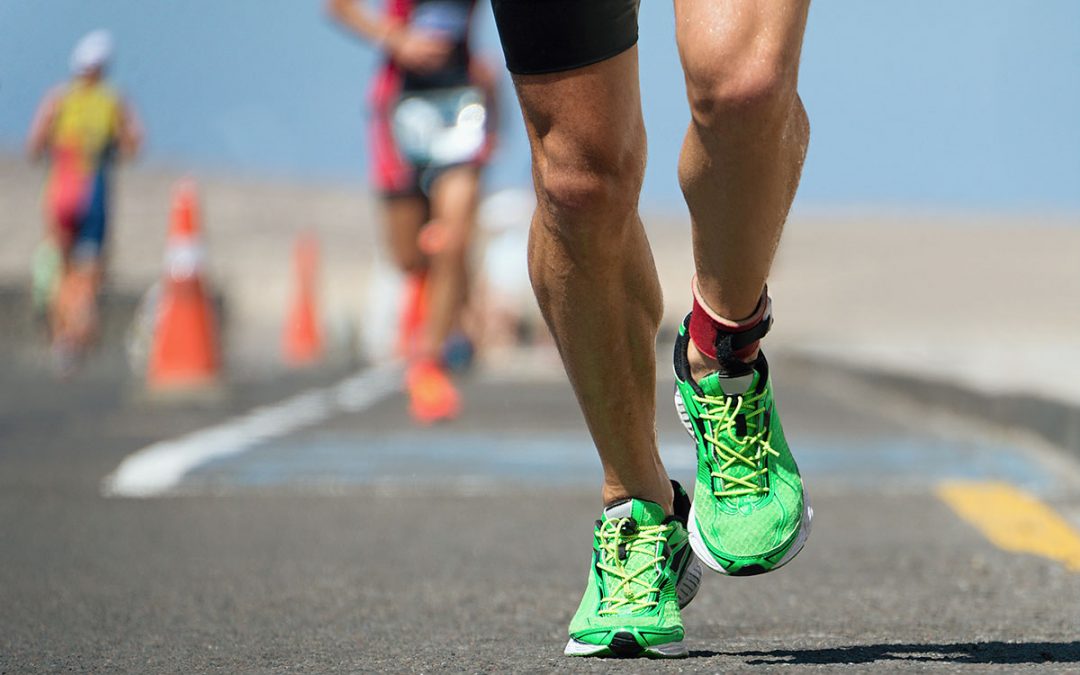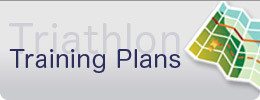A Fast Triathlon Run Is Not Just About the Training
A few years ago I was following one of my clients online as he raced in IRONMAN Lake Placid. He had a fast swim and bike but his run became slower and slower as he progressed through marathon finished with a run time slower than his bike time. I knew running was his weakest leg of the three, but he been training consistently and was well-prepared so something else was going on for him on race day.
He later told me what happened. At the race expo, one of the vendors had just released a new triathlon shoe that was designed to be worn without socks. My client purchased a pair of the new shoes and decided to use them on race day without having ever worn them in training. About 6 miles into the marathon, blisters began forming. About the halfway point, the blisters began to bleed. He painfully walked the rest of the run.
Lots of things can go wrong on the run even after you’ve done all the training but here are seven tips that require no extra training to improve your performance in your next triathlon run:
1. Don’t Try Anything New on Race Day
Although a cliché in triathlon, it’s worth repeating. In addition to new running shoes, this applies to everything else like new clothing, drinks and other nutrition products.
2. Wear Socks for Longer Runs
Unless you’ve trained specifically on your long runs without socks, I’d suggest taking the extra 15-30 seconds to wear socks especially at the half IRONMAN distance and longer. As my client found out, the 30 seconds he saved in transition was erased quickly when he began walking.
3. Use the Aid Stations to Psychologically Shorten the Run
The run can be daunting as you come off the bike. Rather than think, “I have to run a half marathon” (or whatever your distance is), instead think, “I need to run to the next aid station.” Then the next. Then the next. The mile between aid stations is very achievable.
4. Carry Backup Nutrition and Use Specials Needs Bags (if Available)
Not all aid stations are created equal depending on the race. Carry an extra gel in your pocket just in case.
For IRONMAN races: You may never need the backup nutrition or drinks in your special needs bag but having the option to pick up or not also provides peace of mind.
5. Follow Your Pre-Race Plan
When I raced in my first IRONMAN (Canada) in 1997, I was so happy to be off the bike that I started running at a much faster pace than I had ever trained in any of my long runs. I held this pace for about 6 miles before my run began to slow down then unravel and then watched as dozens of athletes passed me by as I slowly shuffled through the second half of the marathon. I should have stuck with my plan.
The corollary to this is to follow your own plan, not someone else’s. Although tempting to stay on the heels of the athlete who passes you, it’s not worth it.
6. Wear a Visor or Cap for Protection from the Sun
I like visore because they’re open at the top to allow the heat to escape but you can place inside caps to help cool your head. Light colors are best. Don’t forget the sunscreen. Sunburn is painful.
7. Smile
Seriously. Not only will you get better race pictures, you’ll also get more energy back from the spectators cheering you on. Spectators love smiling athletes.
Be sure to also check our tips for a successful triathlon swim and tips to prevent a bike fail on race day.
Good luck and happy racing,
David
—
About the Author:
David B. Glover, MS, CSCS has completed 28 IRONMAN distance triathlons including two sub 9 hour finishes and winning Vineman Full twice. Now, David’s passion now is helping triathlete and other endurance athletes achieve their dreams through his online triathlon education and training company, ENDURANCEWORKS. David has an MS in Exercise Physiology and is certified as a coach by USA Triathlon and USA Cycling as well as having his CSCS from NSCA. After six years of living, training and coaching in the triathlon mecca of Boulder, CO, David currently resides in Southern California.


